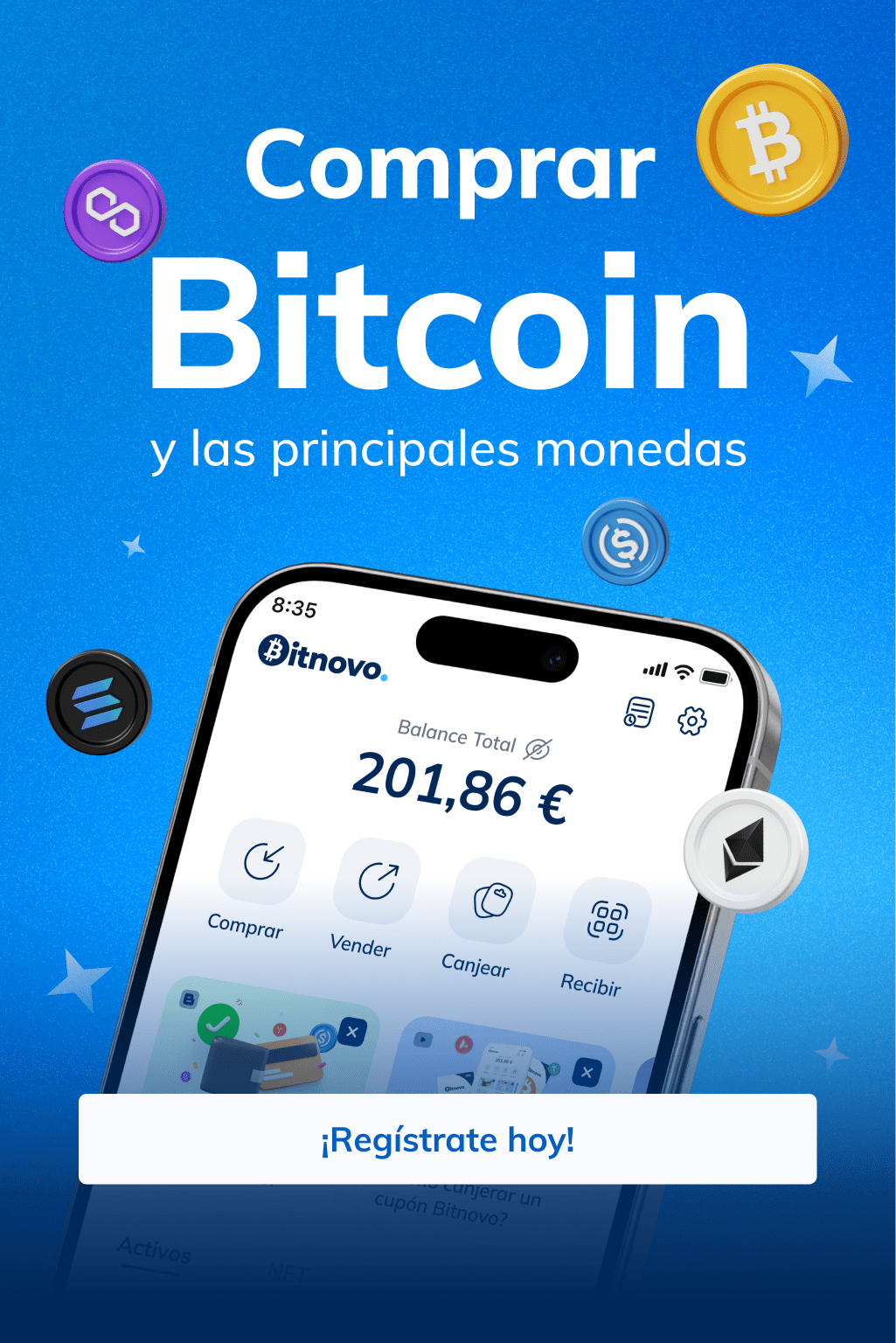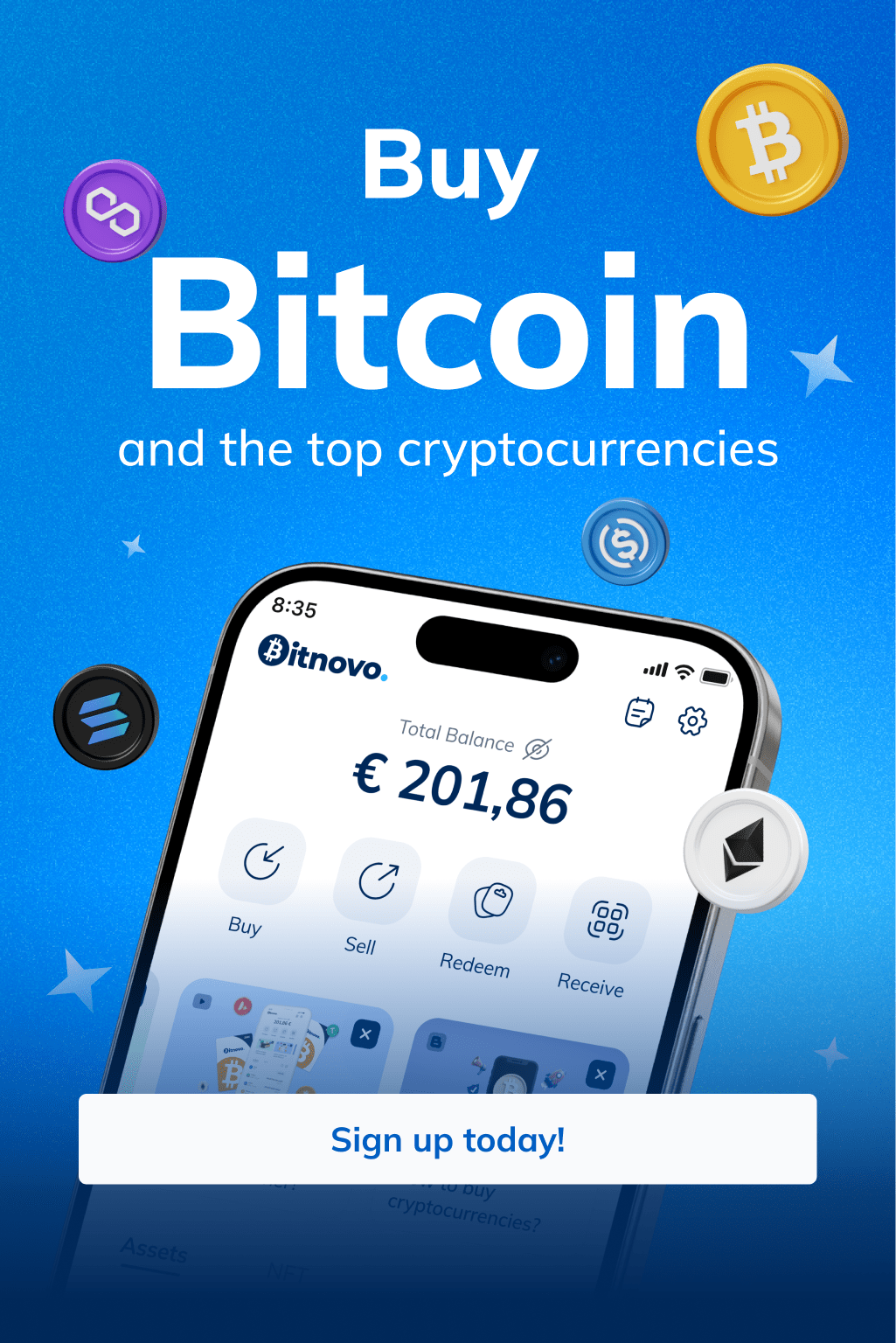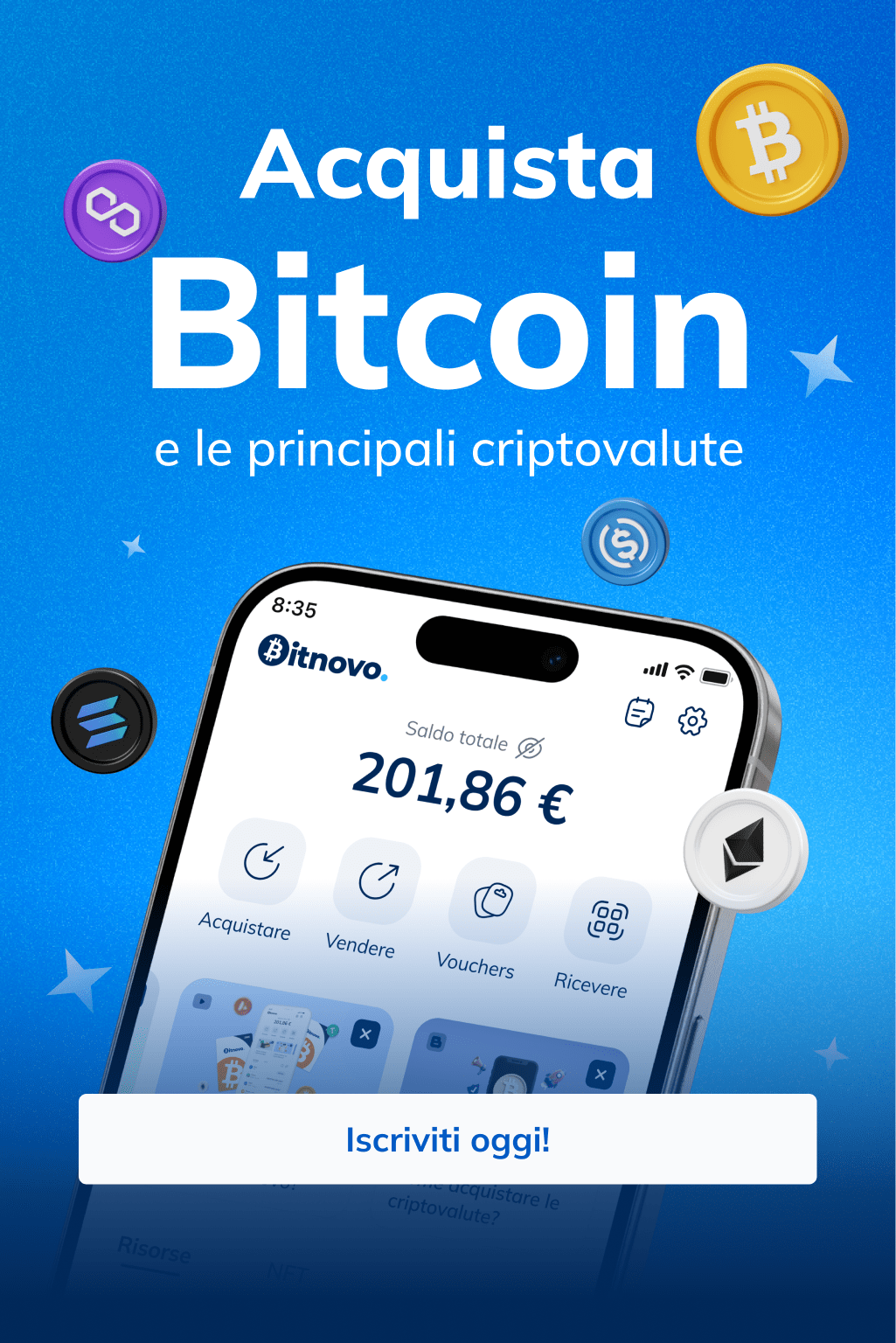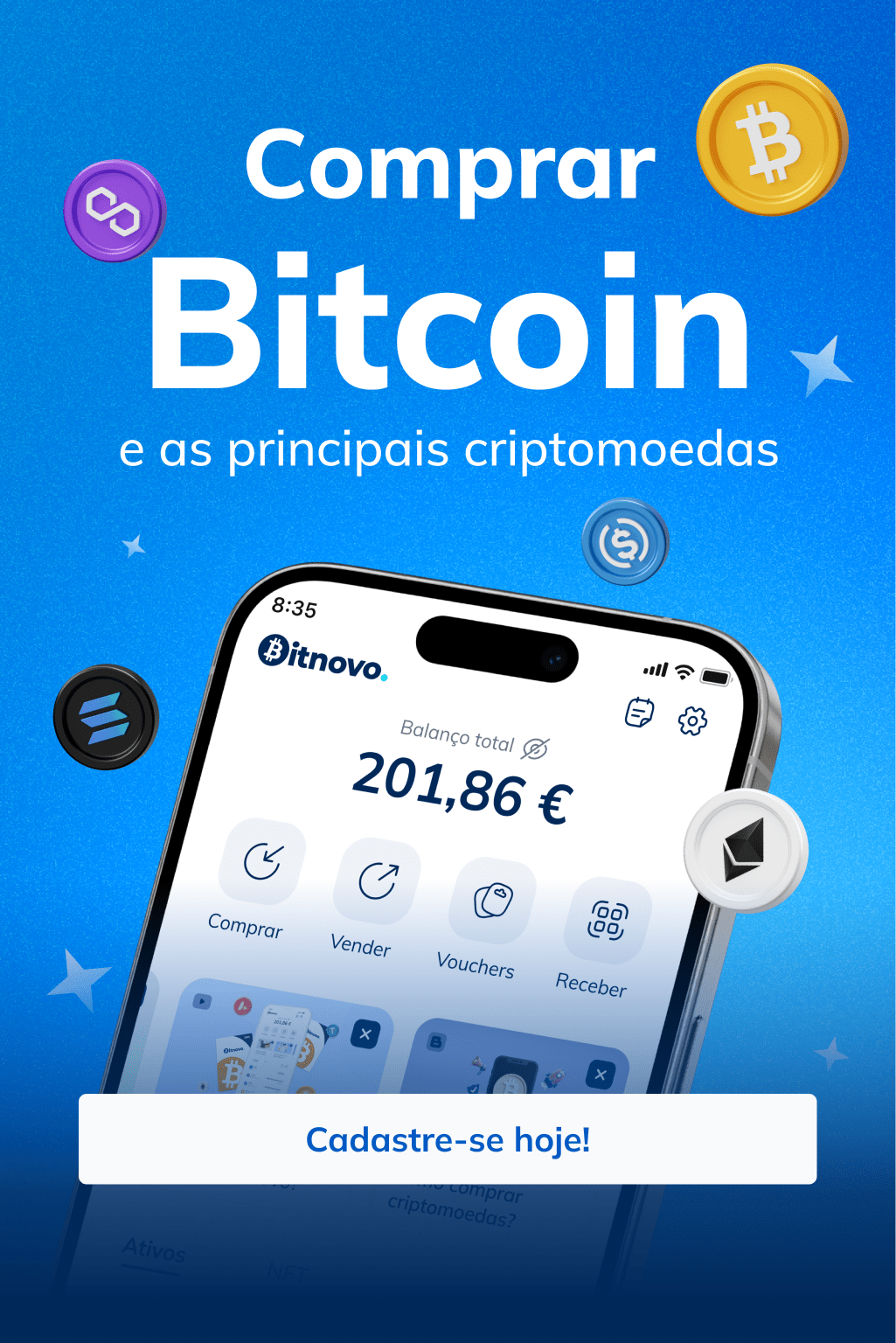
Table of Contents
ToggleMicropayments are financial transactions of very low value, generally below one dollar, which are used to buy digital goods or services. Common examples include access to a news article, purchasing a Sticker in an app, or an item within a video game.
Although the concept is not new (it was proposed in the 1990s), its mass implementation has been a challenge due to the high costs of traditional transactions. Nevertheless, the rise of the digital economy and the need for more flexible monetization models have transformed micropayments into a fundamental tool.
Effectively, the arrival of cryptocurrencies has been the catalyst that has made micropayments truly viable. Unlike traditional banking systems, blockchain technology and second-layer solutions like Bitcoin’s Lightning Network allow for near-instant transactions with minimal fees.
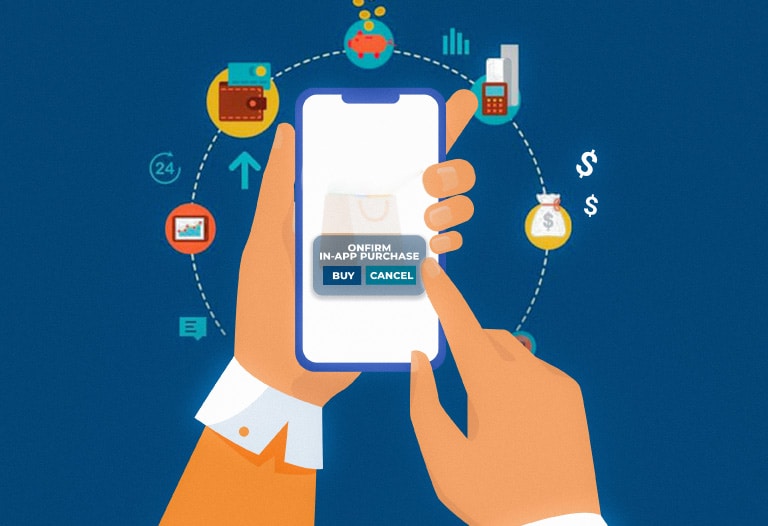
This efficiency opens new possibilities in various industries:
- Gaming and entertainment.Micropayments enable dynamic models such as pay-per-minute streaming, purchasing virtual items, or tipping content creators. Players can receive small crypto rewards for specific achievements, which increases their engagement.
- Renewable energy.Individuals with solar power systems could sell surplus electricity to the grid in small amounts, generating a constant stream of micropayments that turns renewable energy into a more direct source of income.
Evolution and current trends in micropayments
Micropayments have moved from a theoretical concept to a driving force in the digital economy. Traditionally unviable due to high costs and slow transactions, their evolution has been driven by emerging technologies that have radically transformed their feasibility and application.
Recent data from the financial and crypto world
The landscape of digital payments, of which micropayments are a key piece, has experienced exponential growth. According to a recent report by Juniper Research, the total value of contactless payment transactions could reach $8.75 trillion by 2025. This figure reflects the rapid and massive deployment of contactless payment infrastructure.

Furthermore, consultancies like PwC also forecast exponential growth in the volume of cashless transactions. The use of digital wallets and QR code payments is expected to continue driving the boom in low-value transactions.
This data shows that, although micropayments are a specific category, they are intrinsically linked to the overall growth of digital and contactless payments. The global infrastructure is adapting to process smaller transactions efficiently, confirming the unstoppable trend towards a digital economy where value moves fluidly and without friction.
The relationship with Blockchain and Cryptocurrencies
Blockchain technology and cryptocurrencies have solved the inherent problems of traditional micropayments. Second-layer (Layer 2) solutions like Bitcoin’s Lightning Network allow processing transactions off the main blockchain, which reduces fees to fractions of a cent and allows for near-instant speed.

Furthermore, Smart Contracts on platforms like Ethereum enable the automation of these payments, eliminating the need for intermediaries and guaranteeing that transactions are executed securely and transparently, no matter how small they are. This efficiency is enabling the emergence of business models that were previously impossible.
Impact on key sectors
Micropayments are redefining monetization in several industries:
- Entertainment and digital services.Subscription models are being complemented by “pay-per-use.” Users can pay small amounts to watch a single video, listen to a specific song, or read an article on a news site. In video games, micropayments with cryptocurrencies allow buying items, receiving rewards for achievements, or even tipping content creators, fostering user engagement.
- E-commerce.The ability to process instant, low-cost payments facilitates cross-border trade of lower-value digital goods, such as digital assets and services.
- User-generated content.Platforms that monetize content (like blogs or streaming channels) can implement direct tipping systems with cryptocurrencies, allowing followers to support their favorite creators without going through centralized platforms and their high fees.
Micropayments in Cryptocurrencies: Financial freedom and decentralization
The old subscription model no longer works for everyone. Today, we want to pay only for what we consume. That’s where micropayments with cryptocurrencies come into play, not as a fad, but as a financial revolution. They allow fast, low-cost transactions, freeing you from the barriers of traditional banks and giving you the power to pay small sums, in real-time, for the content or service you choose.

The true power of crypto micropayments is disintermediation. With Lightning Network technology, creators can receive their payments directly and instantly. This not only means they keep a larger portion of their income but also that they build a direct and honest relationship with their audience.
For you, as a user, this translates into self-custody and total control. You can support your favorite creators directly, without committing to long-term subscriptions. In a world where banking access is a privilege, crypto micropayments democratize money, giving you a transparent and accessible financial alternative.
However, despite being the future, mass adoption still has one obstacle: usability. The complexity of wallets and private keys remains a barrier for many. But that is changing. The arrival of more intuitive interfaces and the integration of wallets into browsers like Brave and Opera demonstrate that, when the process is simplified, the user is willing to make the leap. The future of micropayments is invisible, fluid, and within everyone’s reach. The key is making the technology work for you, not the other way around.

Current use cases and notable platforms
- PayPal has been a key player in facilitating micropayments on a global scale. With its vast user network and its reputation as a secure and reliable platform, PayPal has enabled businesses and individuals to conduct small-amount money transactions simply and safely.
- Patreon has revolutionized the way content creators can monetize their work through recurring micropayments from their followers. This platform allows users to economically support artists, musicians, writers, and other creators in exchange for exclusive content or additional benefits.
- Twitch, the popular video game streaming platform, has been a pioneer in implementing micropayments as a form of monetization for its content creators. Through its Bits system, viewers can acquire this virtual currency and send it as donations or tips to streamers during live broadcasts.
- Wikipedia has turned to micropayments as a way to fund its operations and keep its content available for millions of users worldwide.
- Decentralized Finance (DeFi). These platforms allow for financial transactions without the need for traditional intermediaries, offering greater accessibility and flexibility to users.
- Instead of buying an entire NFT collection for a high price, micropayments could be used to access an individual NFT.
Advantages and challenges of micropayments
Micropayments have opened a world of possibilities, but, like any innovation, they present both significant advantages and challenges to overcome.
Key advantages of micropayments
- Costs and efficiency.Thanks to technologies like Bitcoin’s Lightning Network, micropayment transactions are carried out with near-instant speed and minimal cost, often fractions of a cent.
- Inclusion and financial ease.Micropayments eliminate the need for costly intermediaries, making transactions accessible to a wider audience.
- Microeconomy and new business models.Instead of buying expensive subscriptions, users can pay for exactly what they consume, be it an article, a song, or a video.
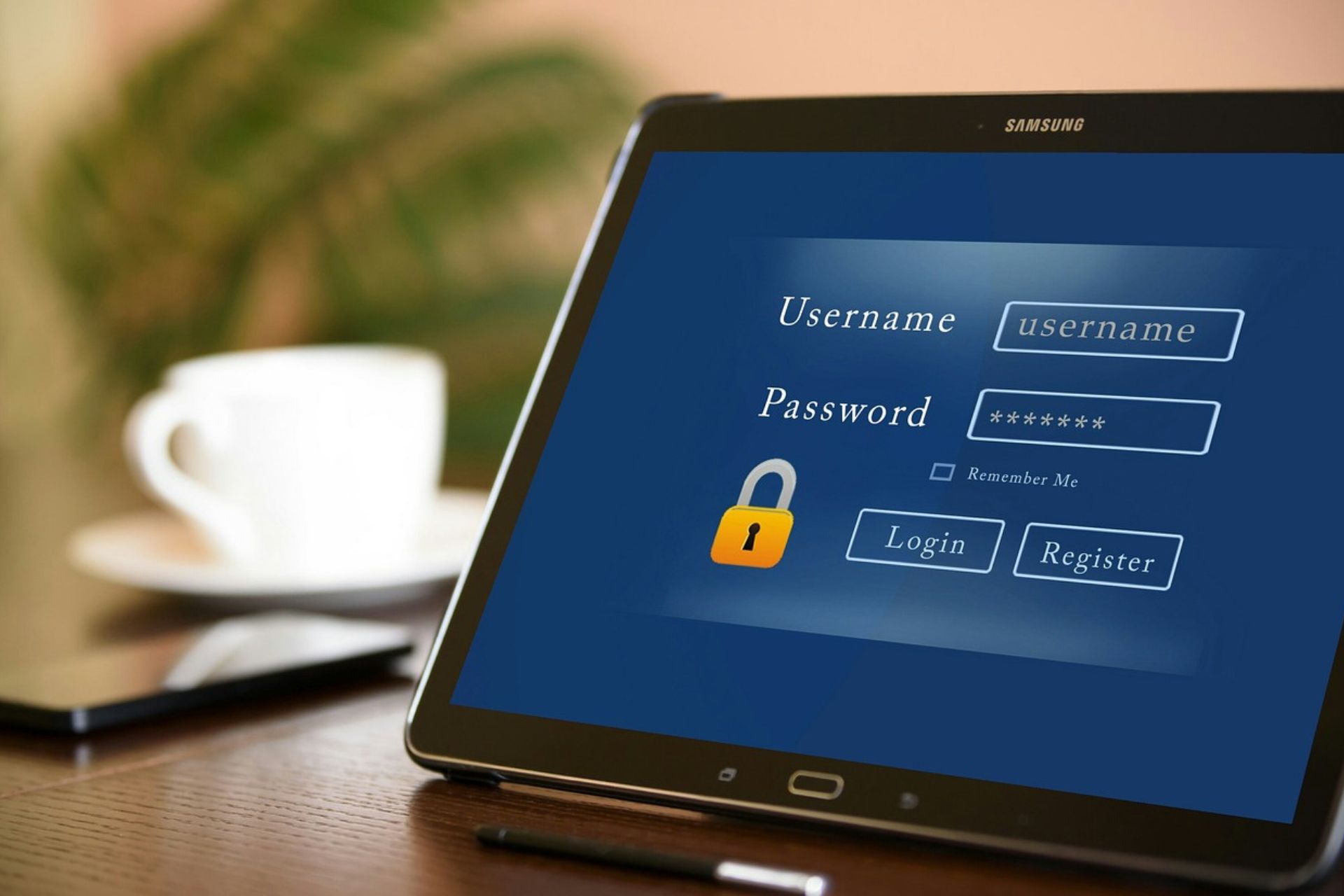
Challenges and obstacles to overcome
- Regulatory frameworks. The regulatory framework for micropayments in cryptocurrencies is still incipient and varies enormously between countries.
- Security risks and volatility.
- Usability and technical challenges. The complexity of non-custodial wallets, the management of private keys, and the learning curve of blockchain technology still intimidate a general audience.
How to get started with micropayments if you are a user or content creator?
If you are excited by the idea of an internet where you can pay only for what you use or receive fair payments for your work, you are in the right place. Getting started with micropayments is simpler than it seems, and the best part is that it gives you total control over your money.
Here is a quick guide, whether you are a user or a creator.
If you are a user: Pay for what matters to you
- Choose a wallet.
- Load some funds. Buy a small amount of Bitcoin on a trusted exchange like Bitnovo. Once you have your cryptocurrencies, send them to your new wallet.
- Look for compatible services. A good place to start exploring is on forums or social media of creators who are already implementing this system.
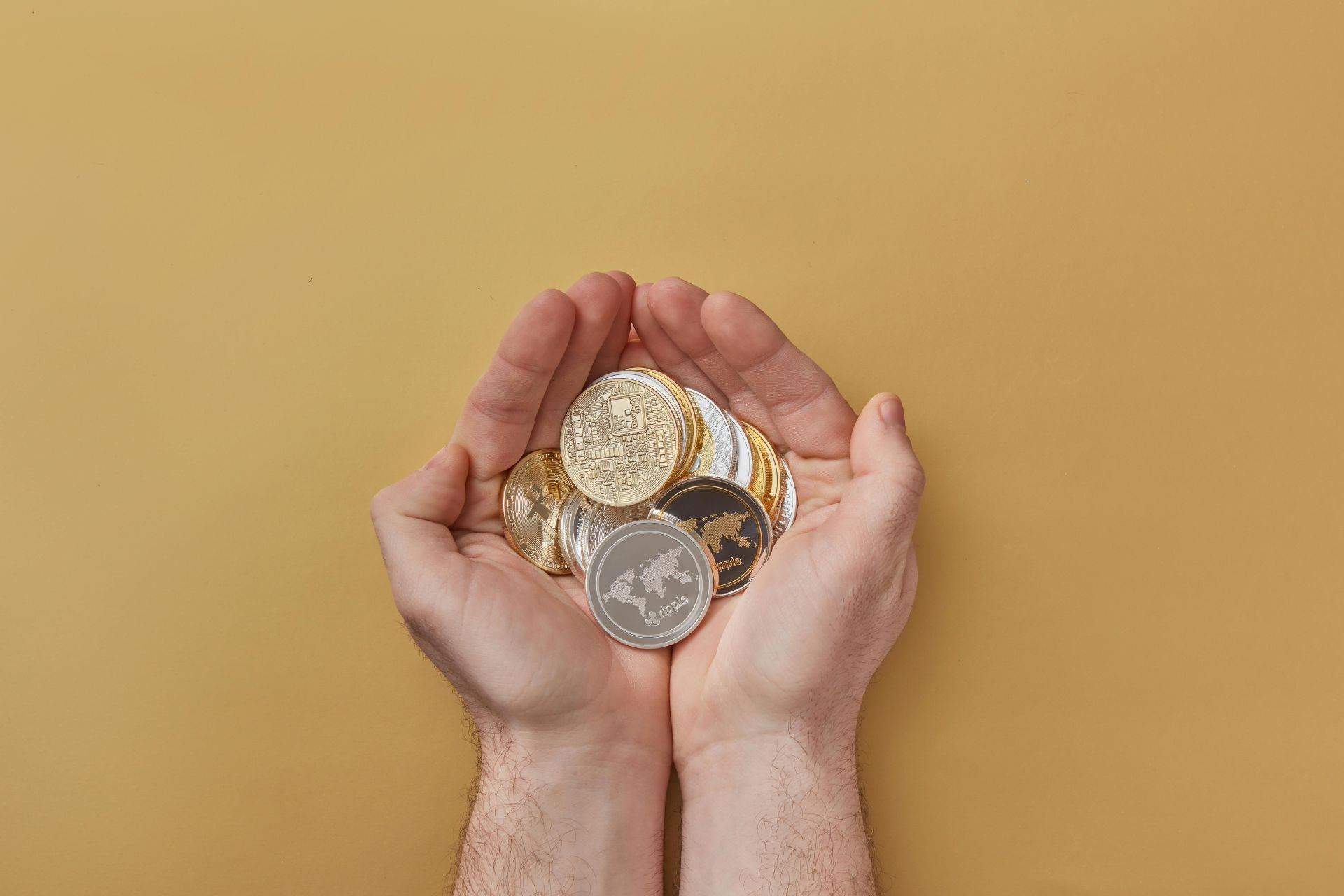
If you are a creator: Receive payments directly from your community
- Set up your micropayments wallet.You will need a wallet compatible with the Lightning Network.
- Generate payment invoices.Lightning Network wallets allow you to create “invoices” or QR codes. You can paste these codes on your blog, YouTube channel, or your social media profile so your followers can send you a micropayment.
- Accept tips and direct support.Encourage your audience to send you small payments for an article they liked, a video that was useful to them, or simply to show their appreciation.
The future of micropayments: Innovation and opportunities.
The future of micropayments is not just an idea; it is a reality being built with the convergence of IoT technology, the speed of 5G networks, and the development of the metaverse. These low-value transactions will be the engine of a new, more efficient and free digital economy.
- IoT and 5G.With 5G networks, your smart devices will be able to perform transactions in real-time.
- Micropayments will allow users to pay for access to virtual events, buy skills within a game, or tip artists.

Common questions about Micropayments
- Are micropayments with cryptocurrencies safe?
Yes, when used correctly. The biggest risk is not in the technology, but in the handling of private keys. That’s why it’s crucial to use a trusted wallet and never share your keys. - Do I need to be a crypto expert to use them?
Modern wallets are designed to be very simple to use. - Do they have fees?
Yes, but they are incredibly low, often fractions of a cent. - What is self-custody and why is it important?
Self-custody means that only you have control of your funds. It is a form of financial empowerment. - Are micropayments only for digital content?
Although their most popular application is in digital content, their potential goes far beyond.
Conclusion
Micropayments are not just a passing trend; they are the gateway to financial freedom. By eliminating intermediaries and their fees, they allow us to take total control of our money, driving a fairer and more transparent economy for all.

Take the first step with Bitnovo. We are here to simplify the process. It’s your chance to join the micropayments revolution, where you have control.
